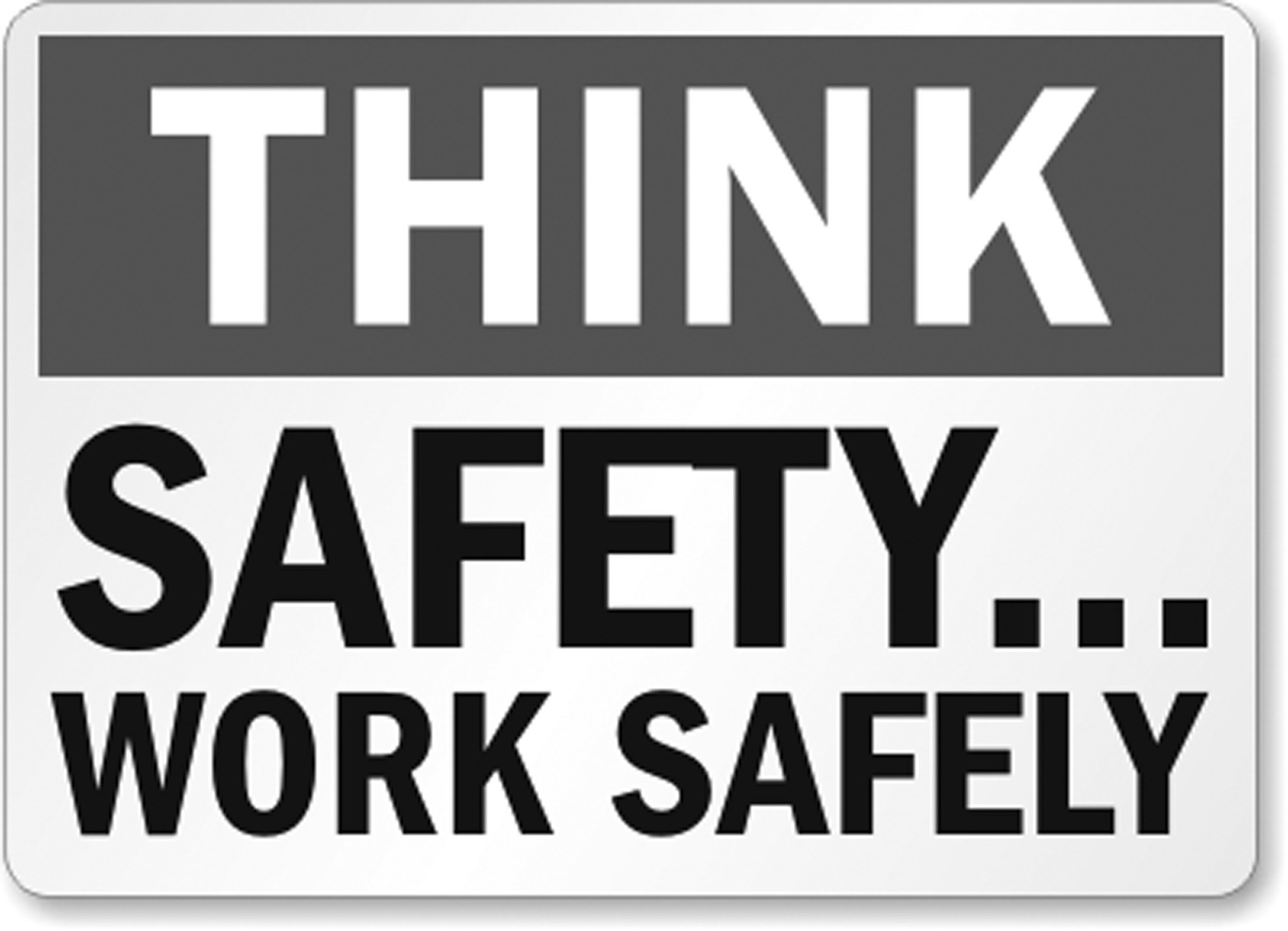Occupational Safety Topics & Resources

The Occupational Safety and Health Act of 1970 was passed to make it mandatory for workers to have a safe work environment. This law makes it unlawful for any employer to expose employees to dangerous working conditions. Occupational safety includes all those topics that address potential dangers in the workplace, as well as steps to prevent them.
Machine Safety
Workers who work with machinery and equipment are exposed to the possibility of dangerous contact with this equipment, which can result in injury or death. Information from the Centers for Disease Control and Prevention, or CDC, shows that from 1980 to 1998, fatalities from accidents involving machinery made up 13 percent of all total fatalities, third after motor vehicle accidents and homicides. The types of machines most often associated with such injuries include material-handling machinery, construction machinery, logging machinery and mining machinery, to name a few. The Occupational Safety and Health Administration, or OSHA, has put regulations in place to address such problems, including the expanded uses of different types of protective equipment, additional job and first-aid training for workers, and more stringent requirements for the use of falling-object and rollover protective structures.
Occupational Noise Prevention
Occupational noise from the workplace can result in permanent damage to the eardrums or a temporary ringing in the ears known as tinnitus. OSHA has a standard sound-level meter that's used to measure the level of noise in the workplace. This is done by measuring the octave band analysis and ensuring that it doesn't exceed the required sound level for any workplace. An octave band analysis is used to measure or identify frequency components of a sound. If the sound exceeds the acceptable sound limits, the employer must use engineering or administrative controls to bring the noise level down. If this isn't effective, the employer must provide the employees with protective equipment, such as earmuffs, to protect them from the effects of the noise.
Respiratory Protection
Respiratory problems can occur in workplaces where employees are exposed to dangerous fumes, vapors, gases, dust, smoke and sprays. The employer must ensure that adequate precautions are taken to minimize the exposure of workers to these harmful substances. Precautions include proper ventilation and a provision for proper respiratory equipment.
Occupational Safety Resources
Occupational safety resources can provide additional information about the current regulations guiding occupational safety, the rights and responsibilities of employers and employees, types of occupational safety hazards and prevention. The Centers for Disease Control and Prevention provides information about occupational safety, injuries and statistics. OSHA is one of the administrative bodies charged with the responsibility of making laws to safeguard the rights and well-being of workers. The National Institute for Occupational Safety and Health, or NIOSH, is another valuable resource for information about occupational safety.
Machine Safety
Workers who work with machinery and equipment are exposed to the possibility of dangerous contact with this equipment, which can result in injury or death. Information from the Centers for Disease Control and Prevention, or CDC, shows that from 1980 to 1998, fatalities from accidents involving machinery made up 13 percent of all total fatalities, third after motor vehicle accidents and homicides. The types of machines most often associated with such injuries include material-handling machinery, construction machinery, logging machinery and mining machinery, to name a few. The Occupational Safety and Health Administration, or OSHA, has put regulations in place to address such problems, including the expanded uses of different types of protective equipment, additional job and first-aid training for workers, and more stringent requirements for the use of falling-object and rollover protective structures.
Occupational Noise Prevention
Occupational noise from the workplace can result in permanent damage to the eardrums or a temporary ringing in the ears known as tinnitus. OSHA has a standard sound-level meter that's used to measure the level of noise in the workplace. This is done by measuring the octave band analysis and ensuring that it doesn't exceed the required sound level for any workplace. An octave band analysis is used to measure or identify frequency components of a sound. If the sound exceeds the acceptable sound limits, the employer must use engineering or administrative controls to bring the noise level down. If this isn't effective, the employer must provide the employees with protective equipment, such as earmuffs, to protect them from the effects of the noise.
Respiratory Protection
Respiratory problems can occur in workplaces where employees are exposed to dangerous fumes, vapors, gases, dust, smoke and sprays. The employer must ensure that adequate precautions are taken to minimize the exposure of workers to these harmful substances. Precautions include proper ventilation and a provision for proper respiratory equipment.
Occupational Safety Resources
Occupational safety resources can provide additional information about the current regulations guiding occupational safety, the rights and responsibilities of employers and employees, types of occupational safety hazards and prevention. The Centers for Disease Control and Prevention provides information about occupational safety, injuries and statistics. OSHA is one of the administrative bodies charged with the responsibility of making laws to safeguard the rights and well-being of workers. The National Institute for Occupational Safety and Health, or NIOSH, is another valuable resource for information about occupational safety.
- d133ce6fc374fec7ad58df662496faf8fa.jpg